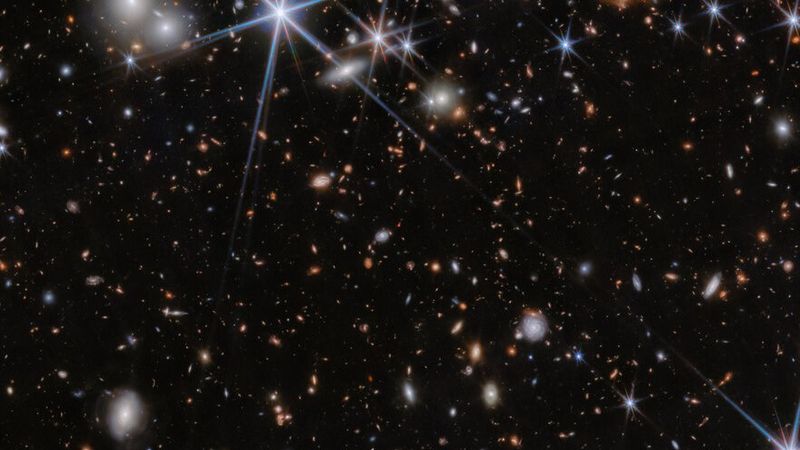The rate at which Earth spins is not perfectly constant, being influenced by the Moon and planet’s mass distribution. This means days can be microseconds longer or shorter than 24 hours. Recently, the shortening of our days has reversed, without a clear explanation of why.
The news the days are getting longer appears to be contradicted by the fact that June 29 this year was the shortest day since atomic clocks and pulsars gave us the capacity to measure their length precisely.
On average, however, our days were getting shorter until 2020, and have been getting longer since – June 29 was an aberration.
This is puzzling to planetary scientists, because the change is the fastest in the 50 years since we have had the capacity to measure Earth’s spin so precisely, and we don’t know why.
Some of the forces that alter the length of the day are well understood. The interaction between Earth and the Moon that drives the tides is slowly taking energy out of the system and causing Earth to slow down. When dinosaurs ruled the Earth the days were half an hour shorter and, long-term, this trend will continue. Eventually, our days will be longer than those of Mars (24 hours, 37 minutes, and 22 seconds).
There are also known shorter-term factors. The University of Tasmania’s Professor Matt King and Dr Christopher Watson explain in The Conversation the Earth operates like an ice skater who spins more rapidly when they pull their hands into their chest. It’s the only way they can maintain their angular momentum. Anyone wishing to experience this process in action without some handy ice can use some weights and a rotating chair – but don’t blame us for the nausea if you go too fast.
Since the end of the last Ice Age glacial melting has reduced pressure at the poles. This not only has caused an isostatic rebound, visible in the rise of continents no longer carrying so much weight, but it has also caused the mantle to redistribute itself from the equator to the poles. This provides a counteracting force to that of the Moon, causing the planet’s spin to accelerate. Between 1972 and 2020 the average day lost about 3 milliseconds.
The distribution of planetary mass can occur in more erratic ways as earthquakes shift mass towards or away from the poles, lengthening or shortening days accordingly. Even the weather has an effect, King and Watson note. Major storms that dump a lot of rain close to the equator slow rotation down. Snow events at higher latitudes have the opposite effect until water returns to the sea.
“We can see tidal variations in length-of-day records over periods as long as 18.6 years,” King and Watson add.
Yet when all the known effects – those speeding the Earth up and those slowing it down – are added together they do not sum to the recent observations. Something else is going on, but we don’t know what.
Accelerated polar melting, the effects of the giant Tonga eruption, and extended La Niña events have been proposed, but King and Watson consider each unlikely.
Whatever the cause, the slowing should be welcomed by big tech companies, which have become increasingly vocal campaigners against leap seconds, which disrupt their timing systems. So far the world has not needed to add a negative leap second, skipping from 23:59:58 straight to midnight, but this could be required if we get a string of sufficiently short days. It is expected these would be even more disruptive, and the recent slowing should delay the need for one.




